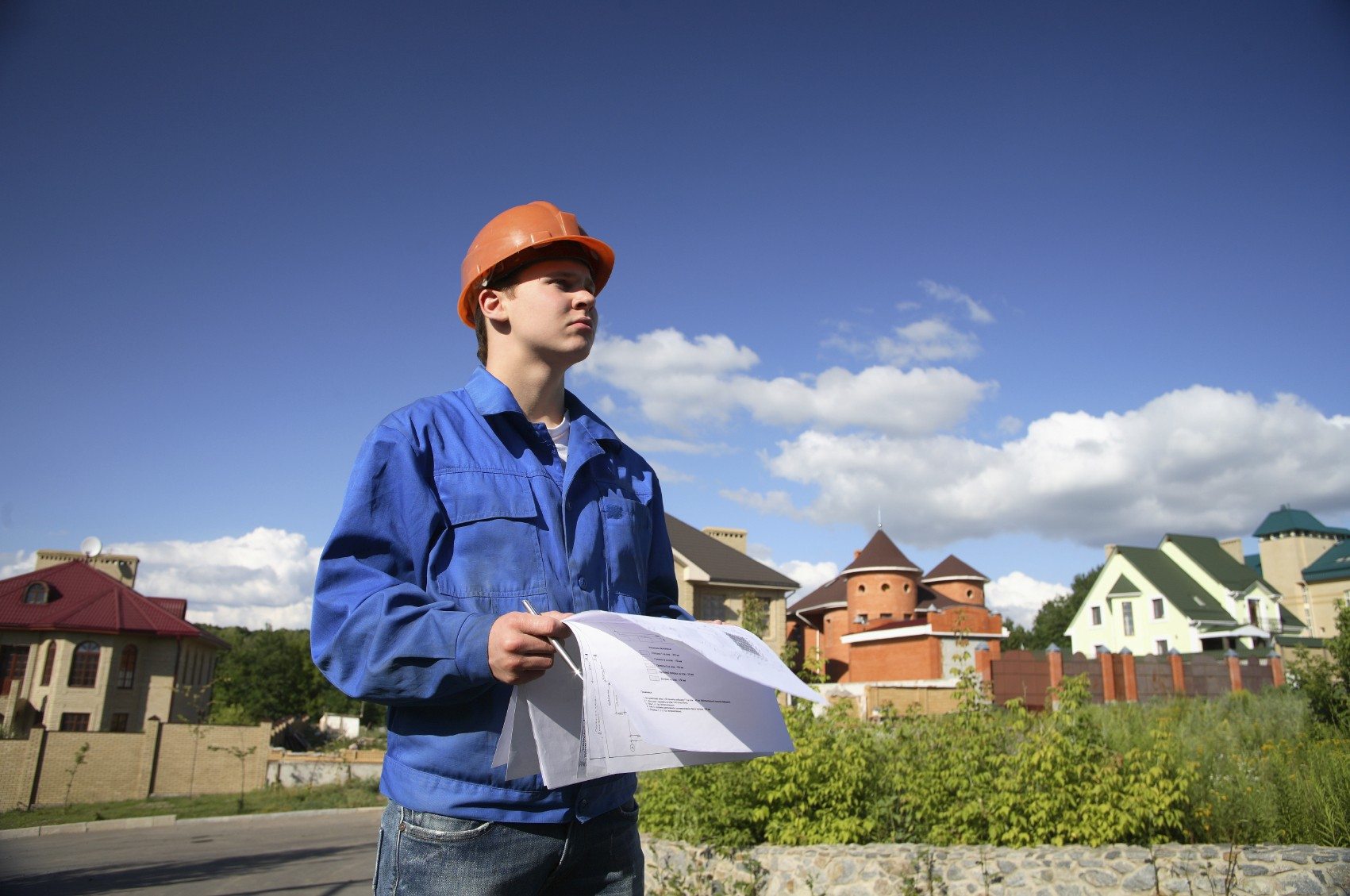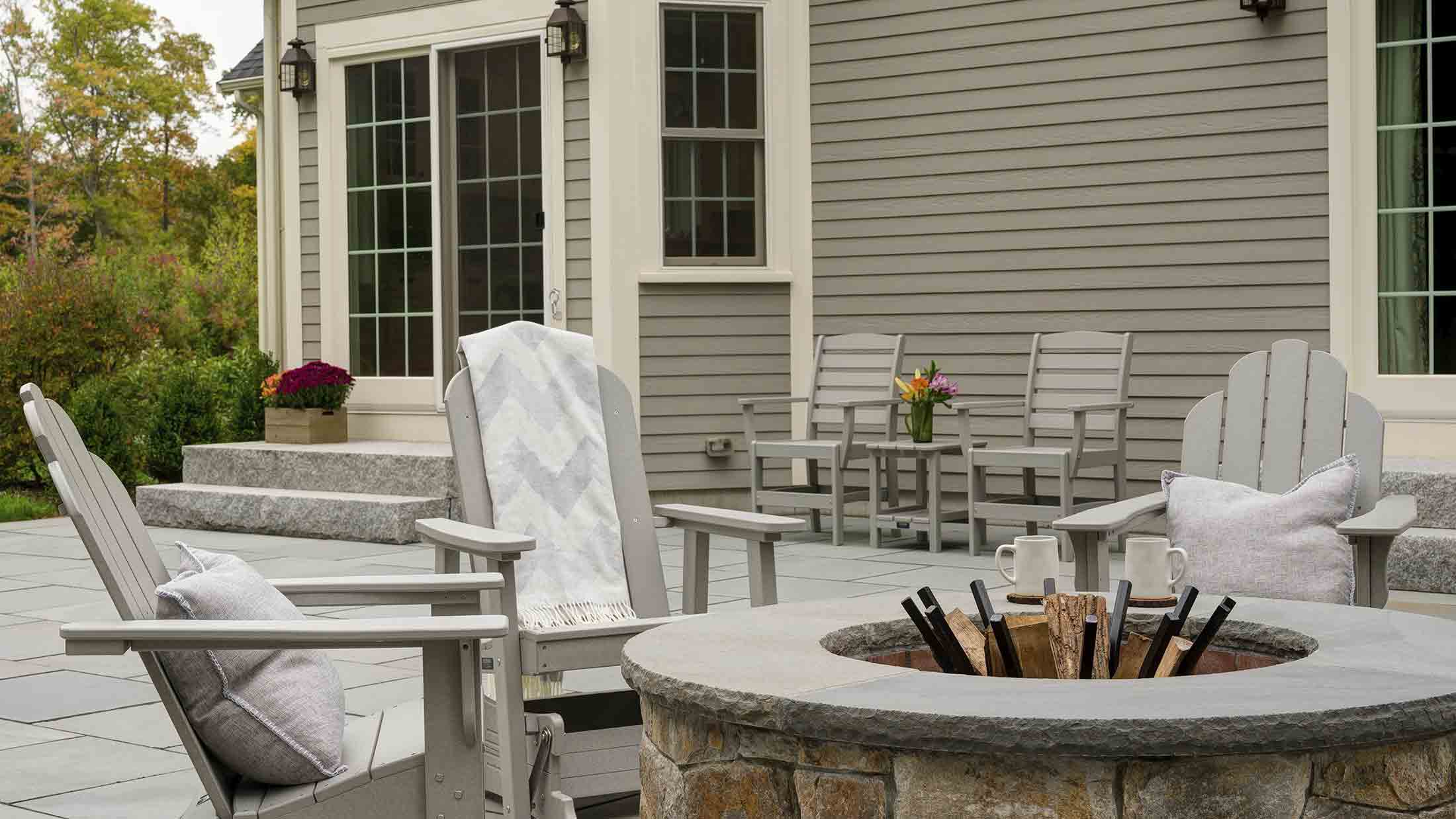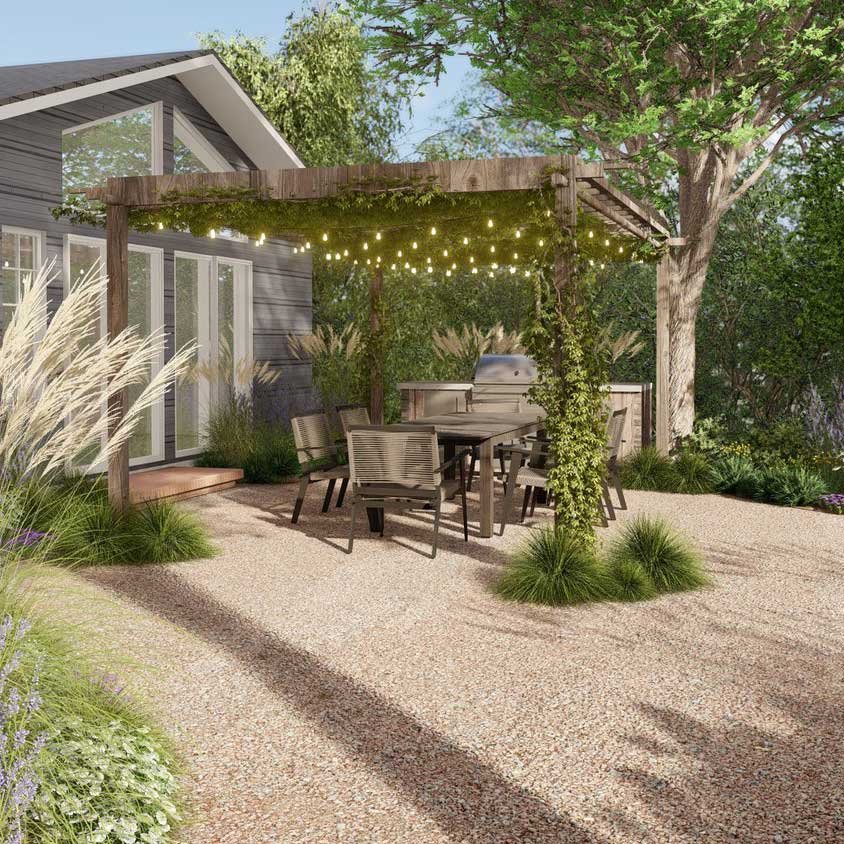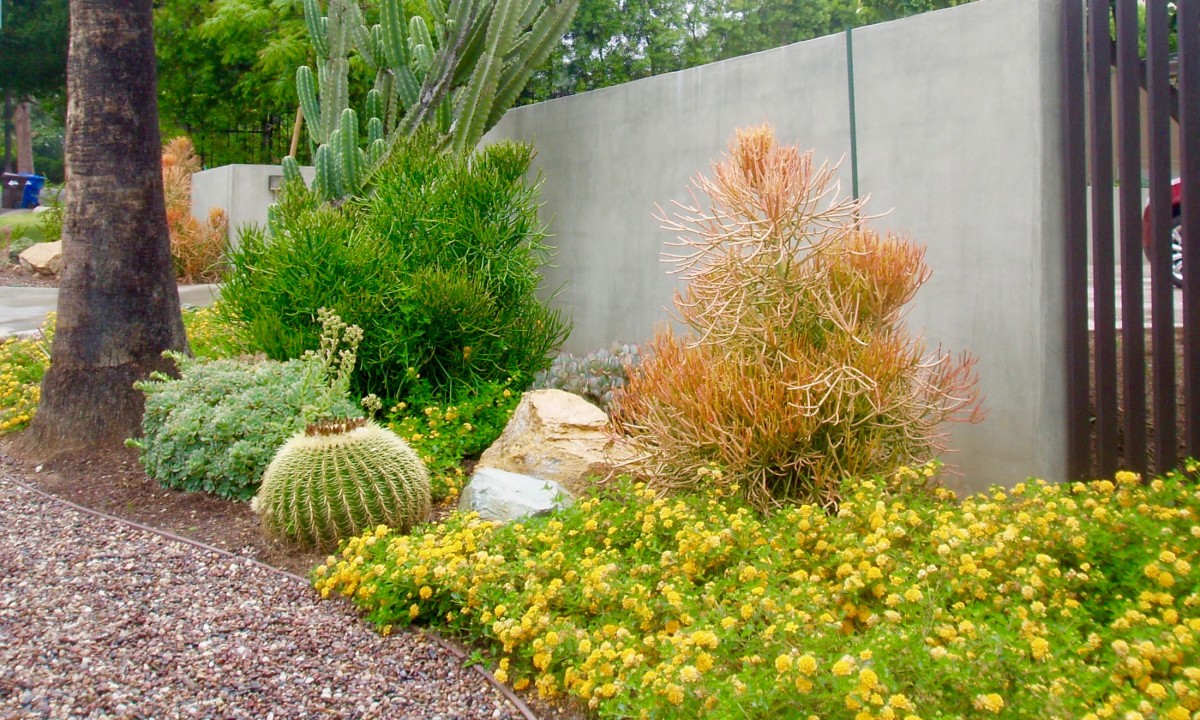Landscapers for Dummies
The 9-Second Trick For Landscapers
Table of ContentsSome Of LandscapersSome Known Facts About Landscapers.The Definitive Guide for LandscapersSome Known Factual Statements About Landscapers The 6-Second Trick For Landscapers
- A tree or bush (bush) that loses its fallen leaves in winter months. In the PNW there are semi-deciduous or semi-evergreen plants that may lose their fallen leaves depending upon just how chilly the winter is. Abelia and some hebe are fine examples. Landscapers. - A flat event area, made from timber or composite material (made to appear like wood), normally surrounding or connected to a framework.

This is an all-natural process, and the result can be used for paths and outdoor patios. - Key landscape attributes being recommended in a landscape layout strategy.
Rumored Buzz on Landscapers
These objectives lead the style process, not the designer's design or preferences. Typical style objectives in Rose city are low maintenance, dry spell tolerant, and pet friendly.
Nonetheless, in time this layer can get very thick and make it hard for water, sun, and nutrients to reach portions of the turf.- The procedure of accumulating and regulating the circulation of water on a property. This can be performed with grading, French drains pipes, dry wells, absorptive surfaces, sump pump, rainfall gardens, and a lot more.
Residence at the end of hillsides, with natural springtimes, or filled with hefty clay have the most drainage issues.- A slow feeding watering system that utilizes flexible tubing and emitters to send out a precise quantity of water to each plant. This is one of the most efficient technique of watering plants. - The ability of a plant to endure without much summer water.
- A garden feature where water is represented by an aggregate rock item, generally a crushed rock or granite.- A rock or flagstone patio, path, or sidewalk developed without a concrete base.
Some Of Landscapers
- A stone preserving or complimentary standing wall developed without the use of mortar. - A below ground framework that gather water and permits it to slow percolate right into the soil around it.
Landscape layout that is compatible with a sites' atmosphere in both look and sustainability without negative effects to the environment. Bordering in the landscape is a line of demarcation that creates visual rate of interest in the yard by separating one sector from one more section.
Locations can additionally have a sensation of "unit" given by trees, other plantings, fences, or screens. The landscape near the entry to a building.
A plant that is not indigenous to the place where it will be planted. Thicker bladed turf grass that spread out through rhizomes.: The degree of dirt on your property prior to bark dust or garden compost is spread.
Unknown Facts About Landscapers

The purpose, reason, or activity that a location is be landscaped for. Space for growing plants for checking out, consuming, or physical activity.
Rock item, either rounded or fractured, that is reasonably small- usually 1" or less. Reduced plants that are permitted or encouraged to spread over a location. Can refer to any "difficult" yard components including statuary or stones however most generally is used to refer to paths, outdoor patios, and walls.: Height distinction in between the degree of water in a fish pond (or the degree of the pump if it rests outside the fish look what i found pond) and the top outlet of water which impacts performance of the water pump in gph (gallons per hour). Dense hedges or trees that create a fencing, display, or border.

See This Report on Landscapers
Traditional PNW landscapes are informal. A plant that spreads out more than wanted, or into habitats where it does damages.
Can include head placements and protection, pipeline sizing, GPM specifications, and products required to mount this system. Certified professional who creates landscapes, educated in design and style as well as in cultivation.
Landscape designers generally have less education than Landscape Architects and are not accredited. A completed landscape style, outlining all aspects for the new landscape.
Calcium material used to elevate the pH in dirt, which will certainly make it less congenial to moss. A water limited HDPE product made use of beneath ponds, streams and waterfalls in water functions. Utilizing numerous Find Out More growings of the exact same selection to complete a location in the landscape. This can reduce maintenance and water usage in the garden.